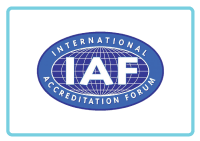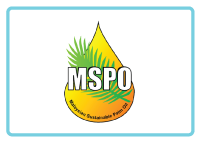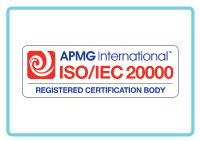- About Us Show more
- About Us Show more
-

- UNICERT offers quality value-added assessment services bringing consistency, optimisation and efficiency to improve clients’ management systems, with minimal disruption and cost to the operations.
- Find out more
-
- Services Show more
-

Certification
Formally confirming that your products and services meet all trusted external and internal standards.
Learn More
Inspection
Validating the specifications, value and safety of your raw materials, products and assets.
Learn More
Testing
Evaluating how your products and services meet and exceed quality, safety, sustainability and performance standards.
Learn More
Training
Equip your team with the vital training they need to remain at the top of their profession.
Learn More
-
- Services Show more
- Information Show more
- Information
Show more
-

- For more details of UNICERT and accreditation mark information please communicate by email: info@unicert.co.uk
-
- Standards & Industries Show more
- Contacts Show more
-
-
Global Reach
- UNICERT is the industry leader with many regions in the world. Whether your business is local or global, we can ensure your products meet quality, health, environmental, safety, and social accountability standards for virtually any market around the world.

-
-
- Worldwide Show more
- Home /
- Inspection /
- Water Quality /
- Surface Water /
- Total Phosphorus

Total Phosphorus
UNICERT is the leading inspection body in the area of water quality test for Total Phosphorus and its objectives are to reduce environmental emission/pollution and enhance environmental performance of the society.
Total Phosphorus:
Total Phosphorus is an essential nutrient for plants and animals. It is naturally limited in most fresh water systems because it is not as abundant as carbon and nitrogen; introducing a small amount of additional phosphorus into a waterway can have adverse effects. Sources of phosphorus include soil and rocks, wastewater treatment plants, runoff from fertilized lawns and cropland, runoff from animal manure storage areas, disturbed land areas, drained wetlands, water treatment, decomposition of organic matter, and commercial cleaning preparations.
Effects of Phosphorus:
Phosphorus gets into water in both urban and agricultural settings. Phosphorus tends to attach to soil particles and, thus, moves into surface-water bodies from runoff. Groundwater often discharges into surface water, such as through stream banks into rivers, there is a concern about phosphorus concentrations in groundwater affecting the water quality of surface water.
Phosphorus is an essential element for plant life, but when there is too much of it in water, it can speed up eutrophication (a reduction in dissolved oxygen in water bodies caused by an increase of mineral and organic nutrients) of rivers and lakes. A sign of this is excess algae in the lake. State laws to reduce phosphorus coming from wastewater-treatment facilities and to restrict the use of phosphorus detergents has caused large reductions in the amounts of phosphorus.
The addition of even a small amount of phosphorus to a water body can have negative consequences for water quality. Those adverse effects include: algae blooms, accelerated plant growth, and low dissolved oxygen from the decomposition of additional vegetation. An acceptable range for total phosphorus is 10 μg/L to 40 μg/L.
Interested Parties including Regulatory Authorities:
- Persons affected by Total Phosphorus
- Industries, Laboratories using/ Generating Total Phosphorus
- Body Containing Total Phosphorus
- Personal and commercial uses of Phosphorus
- Private / Govt. Projects to control Total Phosphorus
- Handling and transportation of goods containing Total Phosphorus
- Local Environmental Department/ Authorities
- Local Government Authorities like Municipalities, City Corporation etc.
- Local Law Enforcing Agencies like Police, Magistrate and Regulatory Authorities etc.
Benefits of Monitoring:
By monitoring long-term contamination trends, every country establishes baseline contamination levels, making it possible for early identification of contamination events. Daily events and long term trends are captured and steps taken to reduce environmental emission/ pollution and enhance environmental performance of the society.
INSPECTION
ACCREDITATION









Copyrights © 2020 All Rights Reserved.


